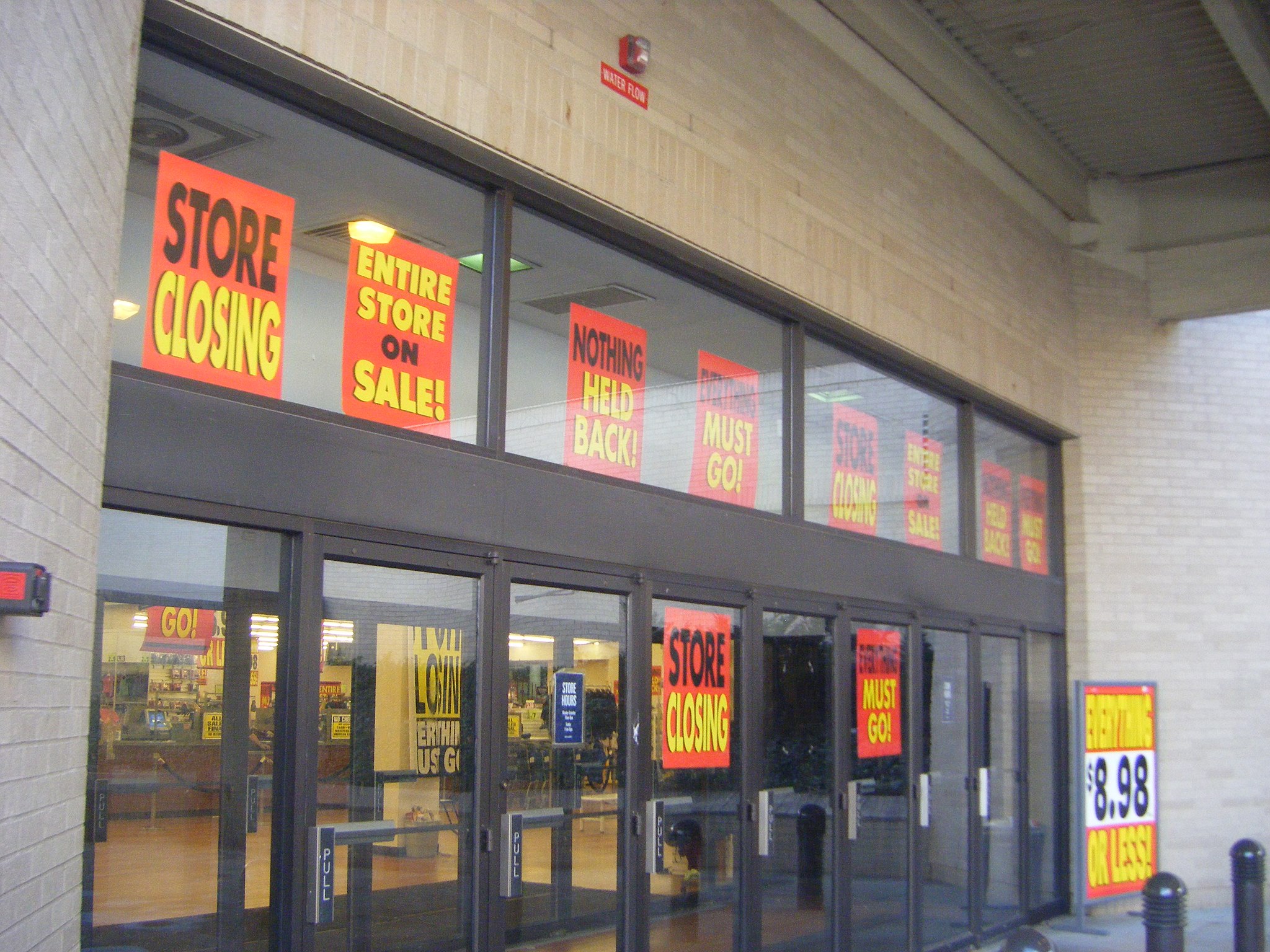Economy Watch: Corporate Retail Defaults Hit New High in Q1
The corporate sector saw nine retail defaults in the first quarter, more than any other business category, according to a recent Moody's Investors Service report.
By D.C. Stribling, Contributing Editor
Defaults among retail-specializing corporations reached an all-time high in the first quarter of 2018, according to Moody’s Investors Service’s latest global default report. All together, the corporate sector saw nine retail defaults in the first quarter—more than any other business category. After retail, oil & gas suffered the largest number, with five defaults.
One of the most recent retail defaults involved Sears Holdings Corp., which completed a distressed exchange to push out debt maturities and reduce its interest burden. In January, Moody’s downgraded Sears’ rating from Caa3 to Ca when the company announced its plan for the distressed exchange. Ca is lower, but both ratings signify default is imminent, with slim prospects for recovery.
Also, Claire’s Stores Inc. filed for Chapter 11 during the quarter after struggling with weak performance. Declining mall traffic hurt that chain, but so did a cutthroat retail landscape for stores that appeal to girls and young women.
More broadly, according to Moody’s, the retail defaults reflect the fallout of changing consumer behavior and advancing e-commerce eating into traditional brick-and-mortar retail.
“Stresses in the retail sector have weighed on the operating earnings of department stores, discount stores and drug stores in particular,” Sharon Ou, a Moody’s vice president and senior credit officer, said in a statement. “A year ago, we noted that 14 percent of retail debt issuers were distressed and predicted that both the U.S. and European retail sectors would have the highest one-year default rates among all corporate sectors.”








You must be logged in to post a comment.